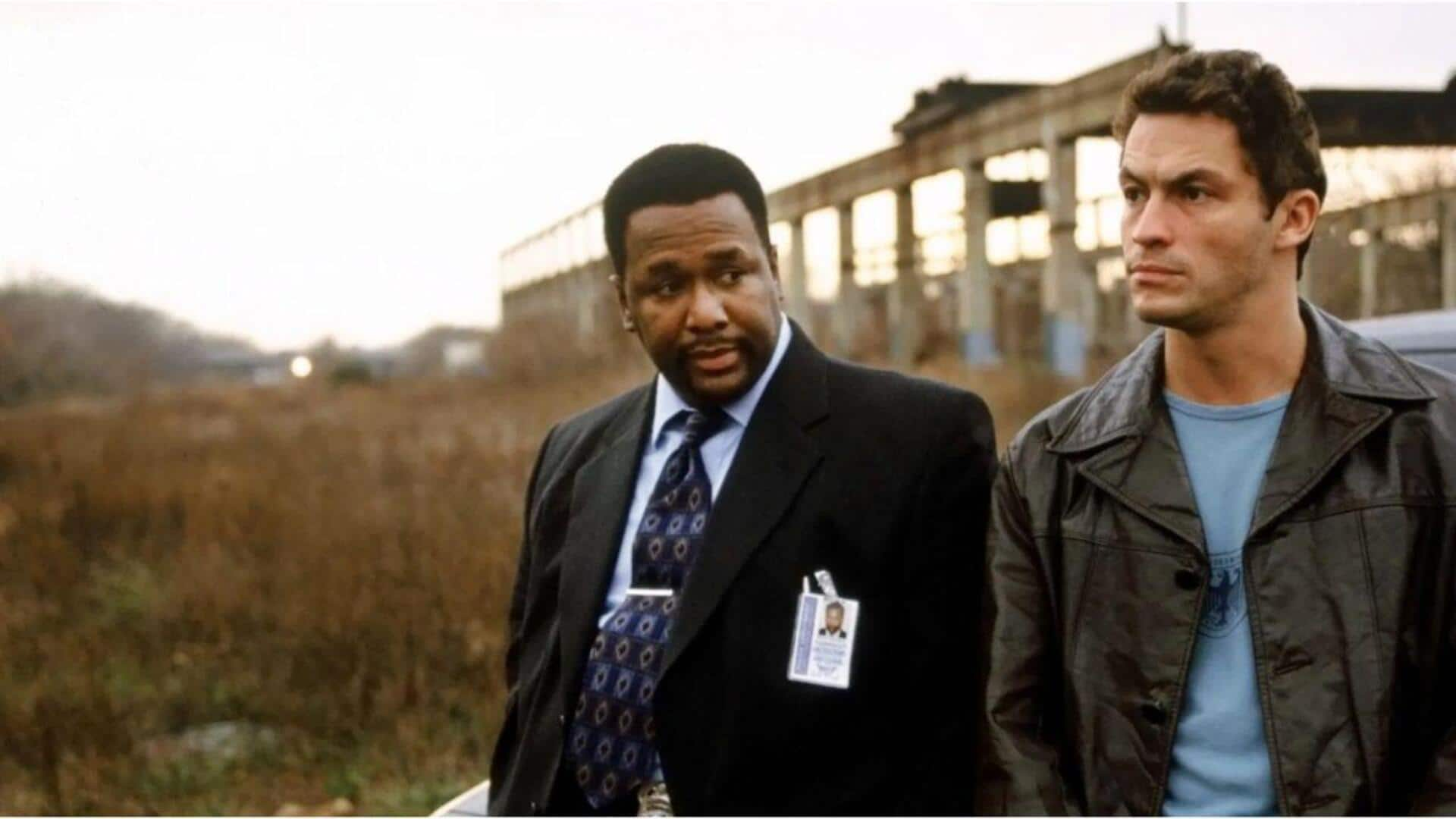
How 'The Wire' nails the reality of urban governance
What's the story
Critically acclaimed television series, The Wire is a gritty portrayal of urban life and city governance. It explores the intricacies of political systems, law enforcement, education, and media in Baltimore. The show realistically portrays how these elements interact and influence one another. By exploring the intricacies of city governance through its narrative, The Wire highlights systemic issues that often go unnoticed in real-world discussions.
Bureaucracy
Realistic portrayal of bureaucracy
We also feel The Wire is spot on with its portrayal of the bureaucratic challenges city officials deal with. The series demonstrates how red tape can stall effective decision-making and progress. It highlights the tussle between personal ambitions and public service, showing how bureaucratic processes can sometimes place self-interest over community welfare. This depiction makes us think about the impact of bureaucracy on governance efficiency.
Interconnections
Interconnected systems in urban life
One key takeaway from The Wire is its focus on interconnected systems within a city. The show illustrates how different sectors, such as law enforcement, education, and politics, are interdependent. This interconnectedness implies that changes or failures in one area can create ripple effects in the entire system. Understanding these connections is essential to tackling urban challenges holistically.
Law enforcement
Challenges in law enforcement
The series offers an unvarnished perspective into the challenges of law enforcement agencies in cities. It portrays how limited resources, internal politics, and relations with the community complicate policing. By highlighting these difficulties, The Wire pushes for discussions on reforming police practices to better serve communities while keeping public safety intact.
Education system
The education system in society
In The Wire, the education system is portrayed as a symptom of social ailments and a cure. The series looks at how schools are underfunded and understaffed, but still try to cater to the needs of students. This highlights the need to invest in education if we want to improve social conditions and curb the crime rate in the long run.
Media influence
Media influence on public perception
Finally, The Wire looks at the media's role in shaping our perception of city governance issues. It shows how news coverage can impact policy decisions by emphasizing certain stories or perspectives over others. This insight prompts viewers to critically analyze media narratives when passing judgment on urban affairs or government actions.